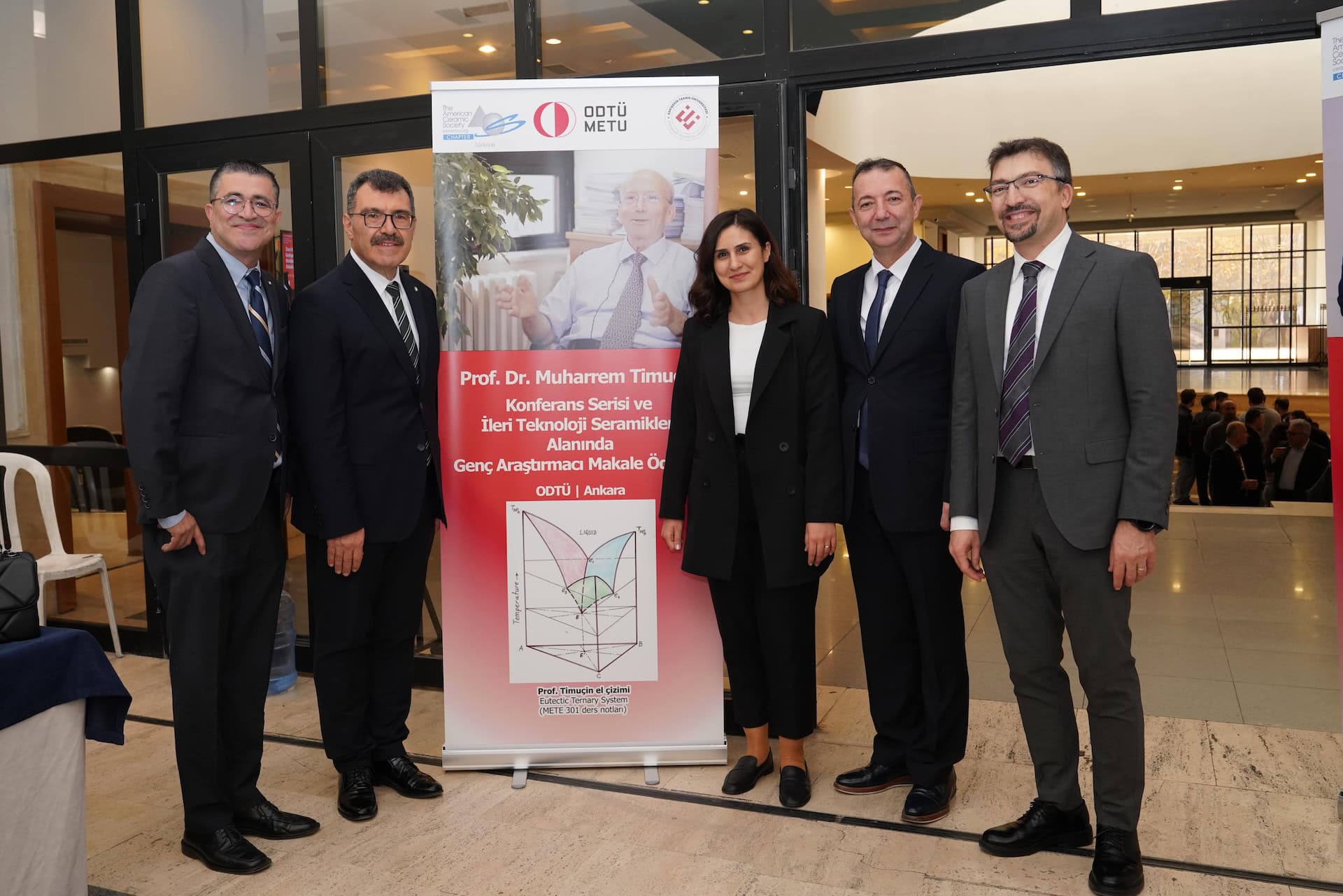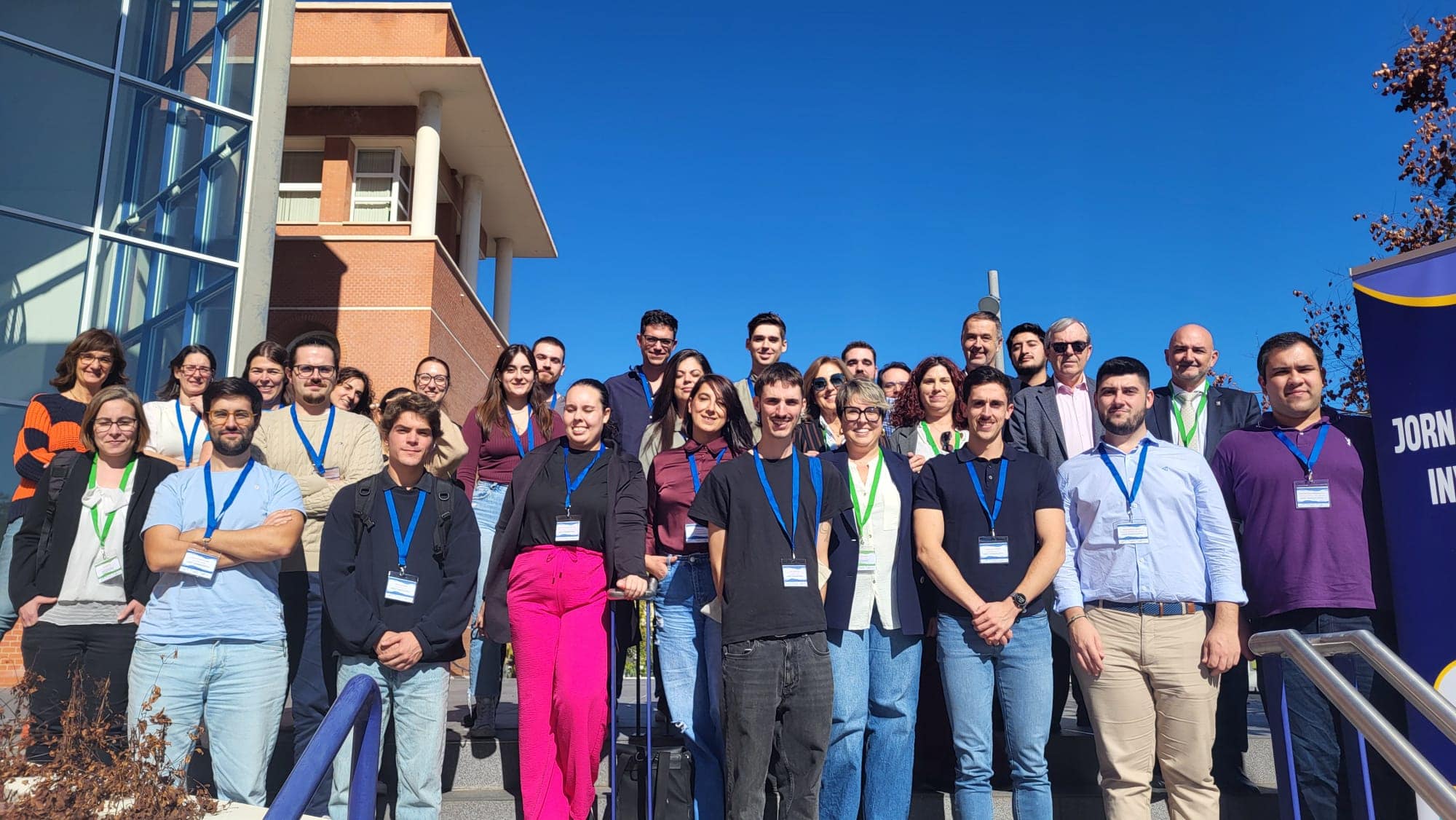
[Image above] Credit: ACerS
After a year of going virtual in response to the COVID-19 pandemic, Ceramics Expo experienced a highly successful return as a live event on August 31–September 1 in Cleveland, Ohio.
The leading annual supply chain exhibition and conference for the advanced ceramic and glass industry welcomed dozens of exhibitors and hundreds of attendees to its new location at the Huntington Convention Center of Cleveland. During the two-day event, more than 30 expert speakers shared insights into the latest developments in applications and manufacturing of technical ceramics and the critical role that they will play in “enabling a clean, efficient, and electrified future.”
“Ceramics Expo 2021 was a resounding success. It was fantastic for ACerS leadership and staff to be able to interact and engage with many of our Corporate Partners and members in person. This show continues to help us meet the need of our industrial members to interact with existing and prospective customers. ACerS is proud to be the founding partner of Ceramics Expo,” says Mark Mecklenborg, ACerS executive director.
Below are a few highlights from Ceramics Expo 2021.
Toward a sustainable industry: Systems and materials
Day 1 of Ceramics Expo focused on research and initiatives to improve sustainability in ceramic and glass manufacturing, particularly through developing new materials and improving system infrastructures.
The first panel discussion kicked off the day by exploring sustainability in supply chains, a topic that has received increased attention this past year due to the COVID-19 pandemic revealing weaknesses in the current supply systems.
Chris Duchene (CoorsTek, vice president of global supply chain), Tom Scaria (BassTech International, senior vice president), and Landon Mertz (Cerion Nanomaterials, CEO) shared some of the steps their companies took to ensure supplies when COVID-19 shut down the regular commerce routes between countries. For example, performing inventory checks in February 2020, accrediting new raw materials suppliers, and geographically diversifying their supply chain.
All the panelists emphasized the importance of communication in allowing them to tackle the challenges that COVID-19 brought, not only within the company but with customers as well.
Later sessions throughout the day covered topics such as facilitating environmentally friendly practices, the potential role of flow batteries in the future of energy storage, and understanding the implications of emission control regulations on clean mobility technology.

Toward a sustainable industry: Processing
Day 2 of Ceramics Expo also looked at improving sustainability, but the focus this day was on processes for fabricating materials.
The first panel discussion of Day 2 featured Shawn Allan (Lithoz America, vice president), Dror Danai (XJet, chief business officer), and Jesse Blacker (ExOne, director of new product and business development) discussing how to bridge the gap between research & development and commercial viability of ceramic additive manufacturing.
They said that even though ceramic additive manufacturing is being used for commercial production now, not just prototyping, there still needs to be more education on how to design products for additive manufacturing to make full use of the techniques. In addition, designing standards for the additive manufacturing industry would be useful, but challenges such as funding studies into comparing the many different techniques mean it will likely be quite a few years before standards are in place.
Later sessions throughout the day covered topics such as improving efficiency of sintering processes, using powder X-ray diffraction for microstructural analysis, and improving properties of ultrahigh-temperature ceramics.

Gender in the STEM industry
Throughout the sessions, many panelists mentioned the challenge of finding people to fill labor shortages in the industry. During the last panel session of Day 1, Jennifer Benson (Raytheon Technologies, chief engineer), Elizabeth Dickey (Carnegie Mellon University, professor and head of the Department of Materials Science and Engineering), and Eileen De Guire (ACerS, director of technical content and communications) discussed how the gender gap in STEM fields can contribute to this challenge.
After giving some statistics on the underrepresentation of women in STEM, they offered several solutions for closing the gender gap. For example, creating more awareness of what materials scientists do, so women will want to enter the field; offering flexible work schedules, so women can start a family while pursuing their career; and launching programs to help women transition back into the field following a career break, such as the Re-Empower Program at Raytheon.
“If we’re only pulling from half of the population, we’re not going to make it,” Dickey says.

See more pictures from Ceramics Expo 2021 on the ACerS Flickr page. The 7th annual Ceramics Expo will take place at the Huntington Convention Center of Cleveland on Aug. 29–31, 2022.
Author
Lisa McDonald
Spotlight Categories
- Division News
- Meeting Highlights
Divisions
- Manufacturing


